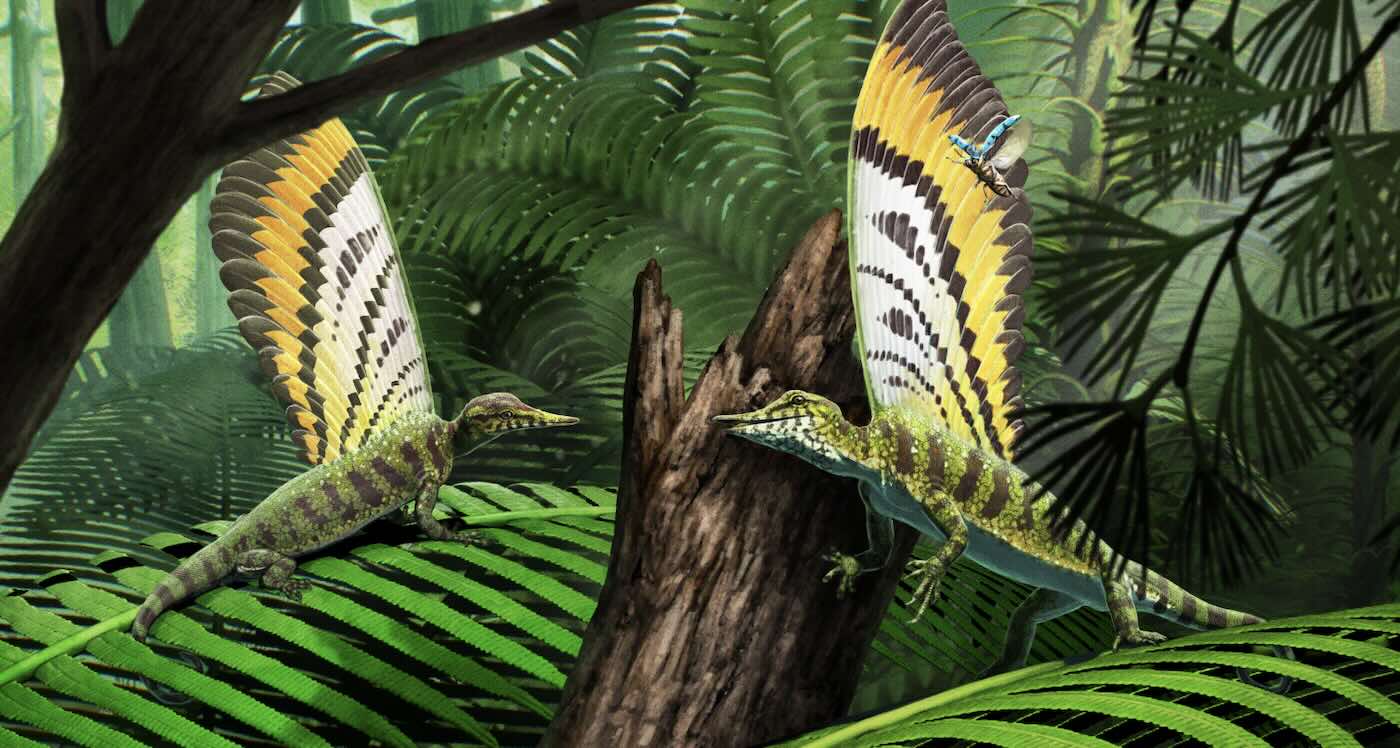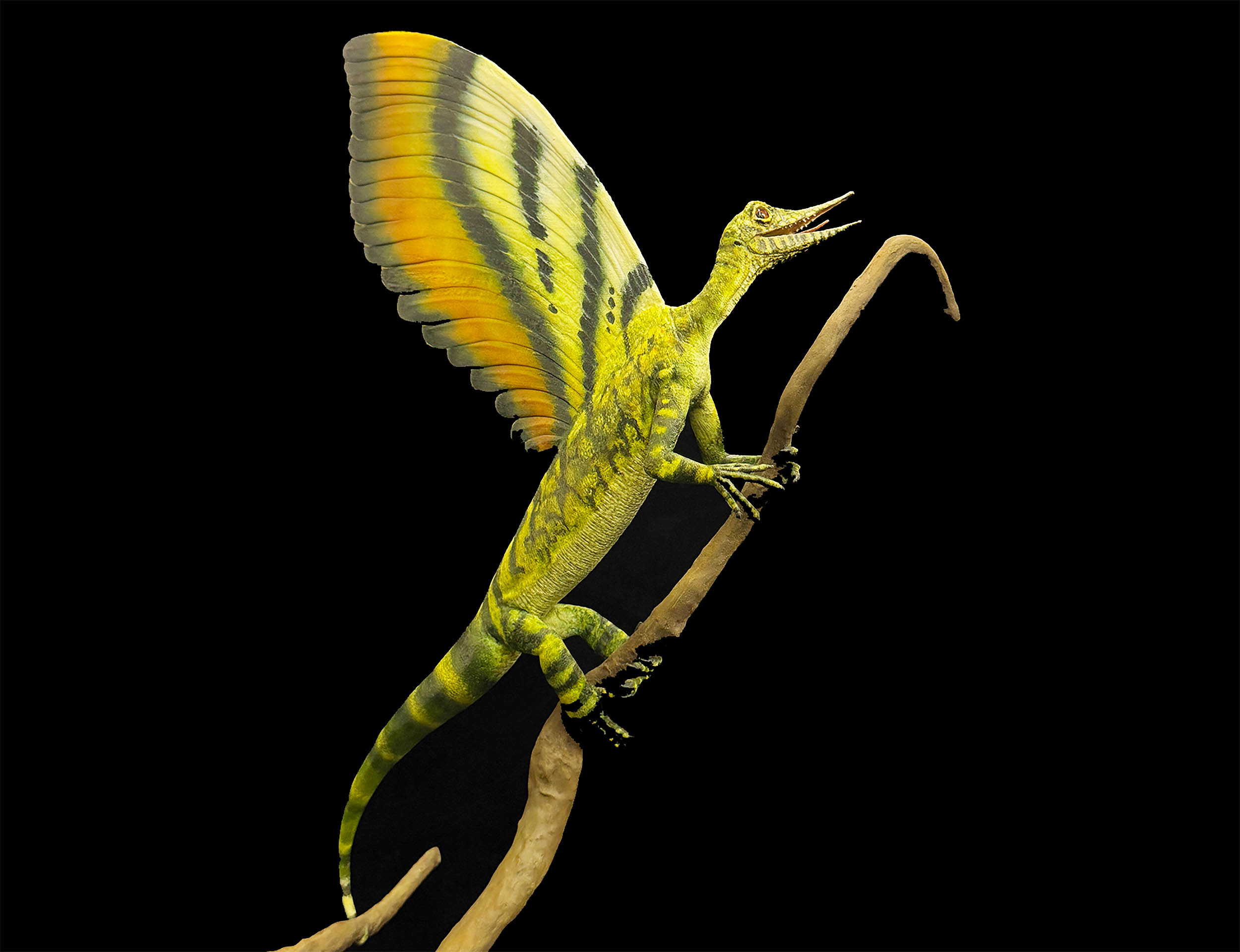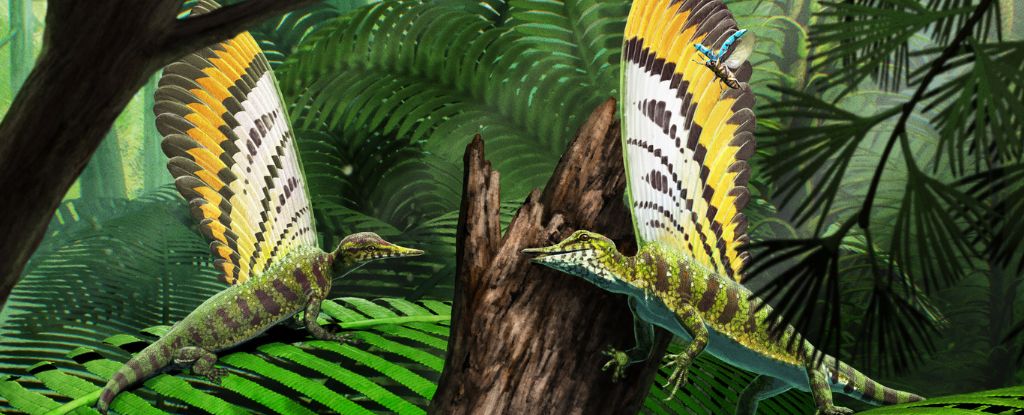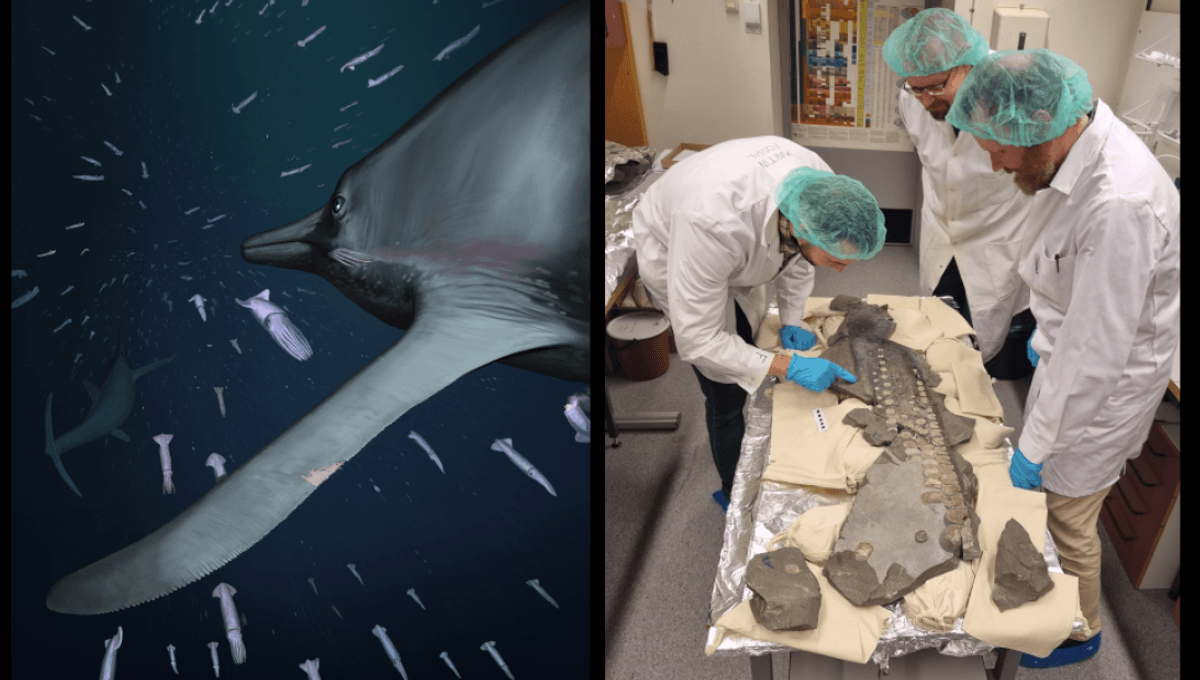T4K3.news
Triassic reptile skin discovery reshapes evolutionary understanding
Researchers identify unique skin structures in the Mirasaura fossil, suggesting new communication methods.

A new study uncovers surprising features of the Mirasaura reptile from the Triassic era.
Triassic reptiles reveal unexpected communication strategies
Paleontologists have re-examined a fossil of the Mirasaura grauvogeli, a reptile from about 247 million years ago, discovering unique skin features that likely served as communication tools. Instead of feathers, the team concluded that this structure was a fan-like type of skin that has a distinct corrugated appearance. The research team, based at Stuttgart's State Museum of Natural History, was able to identify the creature for the first time, shedding light on the evolutionary past of these unusual organisms. The study suggests that the Mirasaura and its relatives, known as drepanosaurs, may have boasted remarkable skin adaptations for elaborate signaling.
Key Takeaways
"This evidence reveals that vertebrate skin has evolutionary possibilities that are weirder than might be easily imagined."
Richard Prum comments on the findings about Mirasaura's skin structure, highlighting evolutionary complexity.
"Should the new work be verified, it means that drepanosaurs may have sported elaborate structures that extended out from their backs."
The study's implications for how drepanosaurs evolved may change perceptions of reptilian adaptations.
This new understanding of the Mirasaura contributes to our broader knowledge of reptilian evolution. It challenges previous notions about the simplicity of reptile skin and opens up discussions on how these animals may have communicated. The evolutionary implications are significant; they suggest that skin structures similar to those of birds evolved independently in reptiles. As paleontologists employ more advanced technologies, we can expect even more surprising findings that reshape our understanding of ancient life.
Highlights
- Ancient reptiles communicated in ways we never expected.
- Mirasaura teaches us that evolution is full of surprises.
- Skin adaptations can be just as fascinating as bones.
- Discovery reminds us how little we know about the past.
Concerns about evolutionary interpretations
As new findings reshape our understanding of reptilian evolution, there may be public skepticism about scientific claims regarding extinction and adaptation.
These findings may redefine our views of reptilian ancestors and their adaptations.
Enjoyed this? Let your friends know!
Related News

New Triassic reptile discovery changes views on feather evolution

New fossil discovery changes views on early dinosaurs

Study Reveals Possible Size of Early Dinosaurs

New fossil discovery challenges reptile evolution theories

Unique reptile fossil offers new insights into evolution

Groundbreaking Fossil Discovery Revealed

First Soft Tissue Fossil of Giant Ichthyosaur Found

Discovery in Grand Canyon challenges views on life's origins
